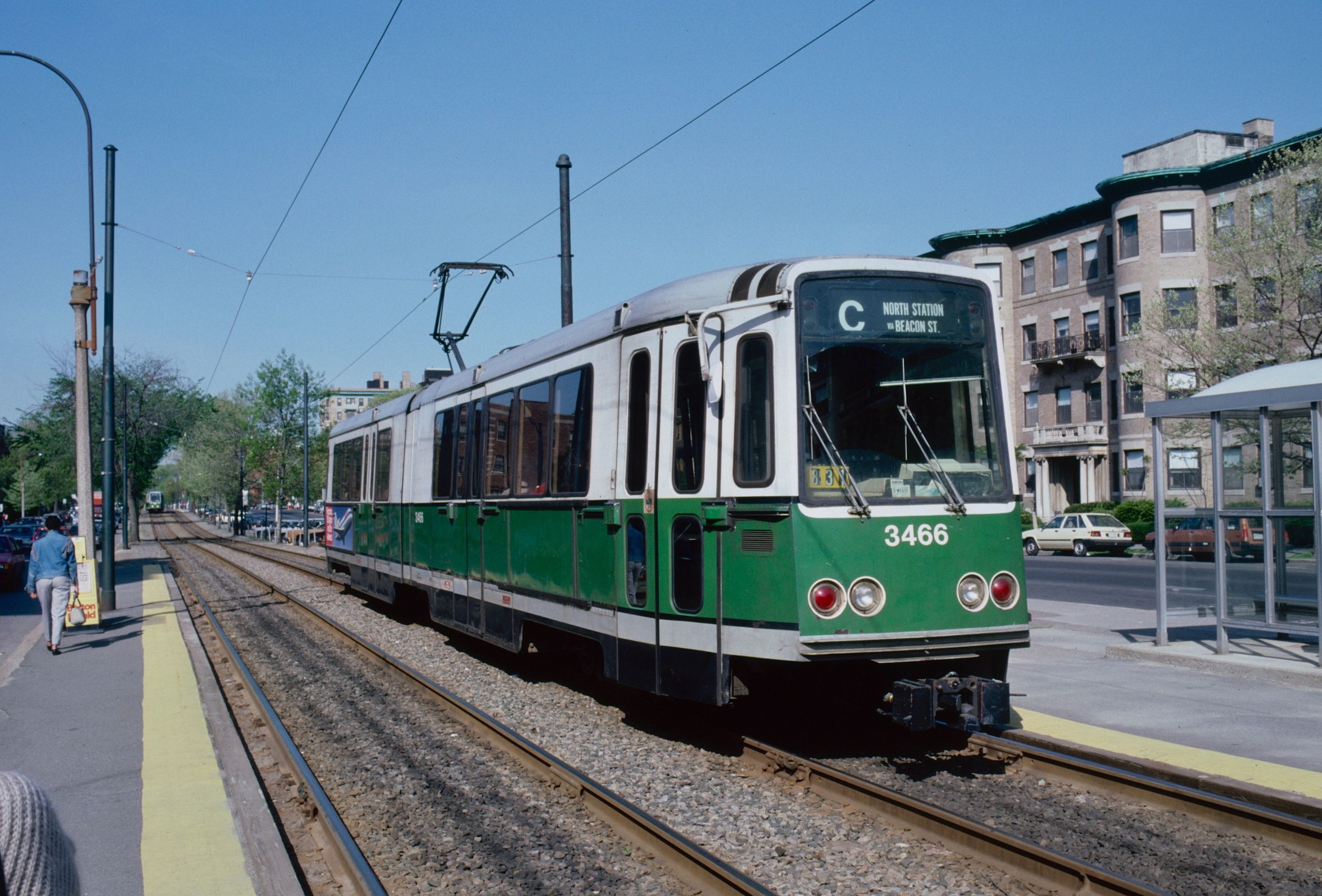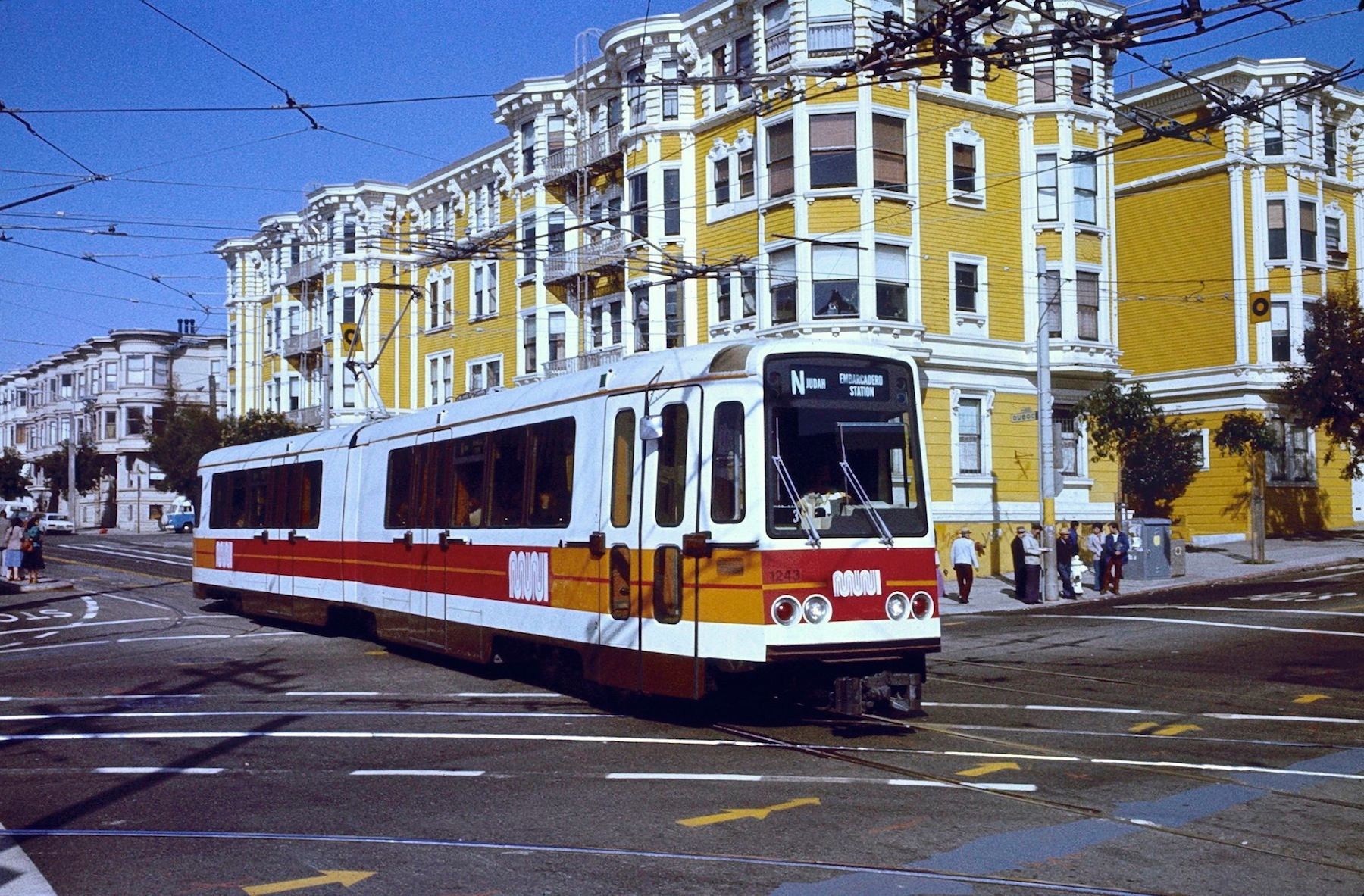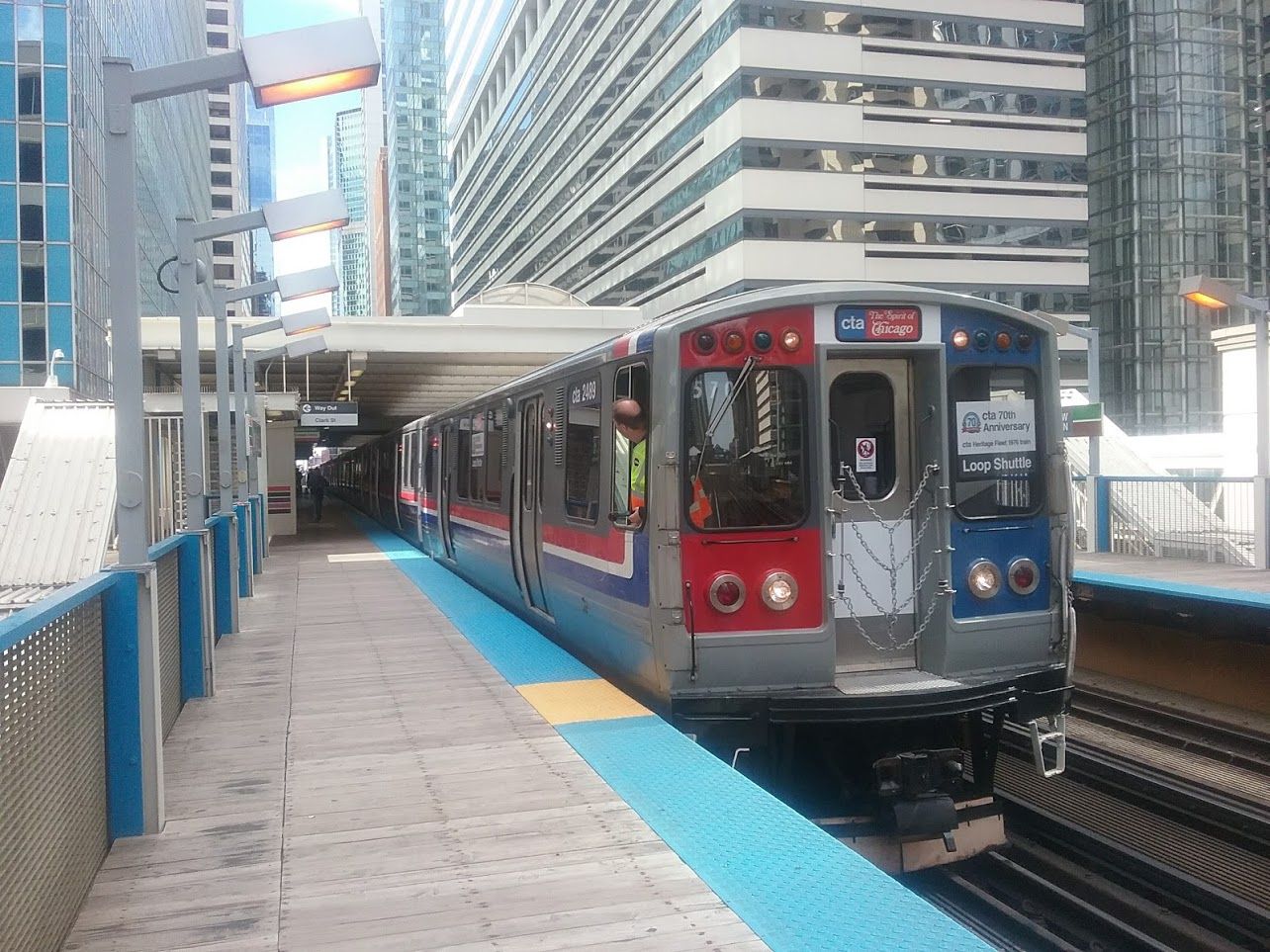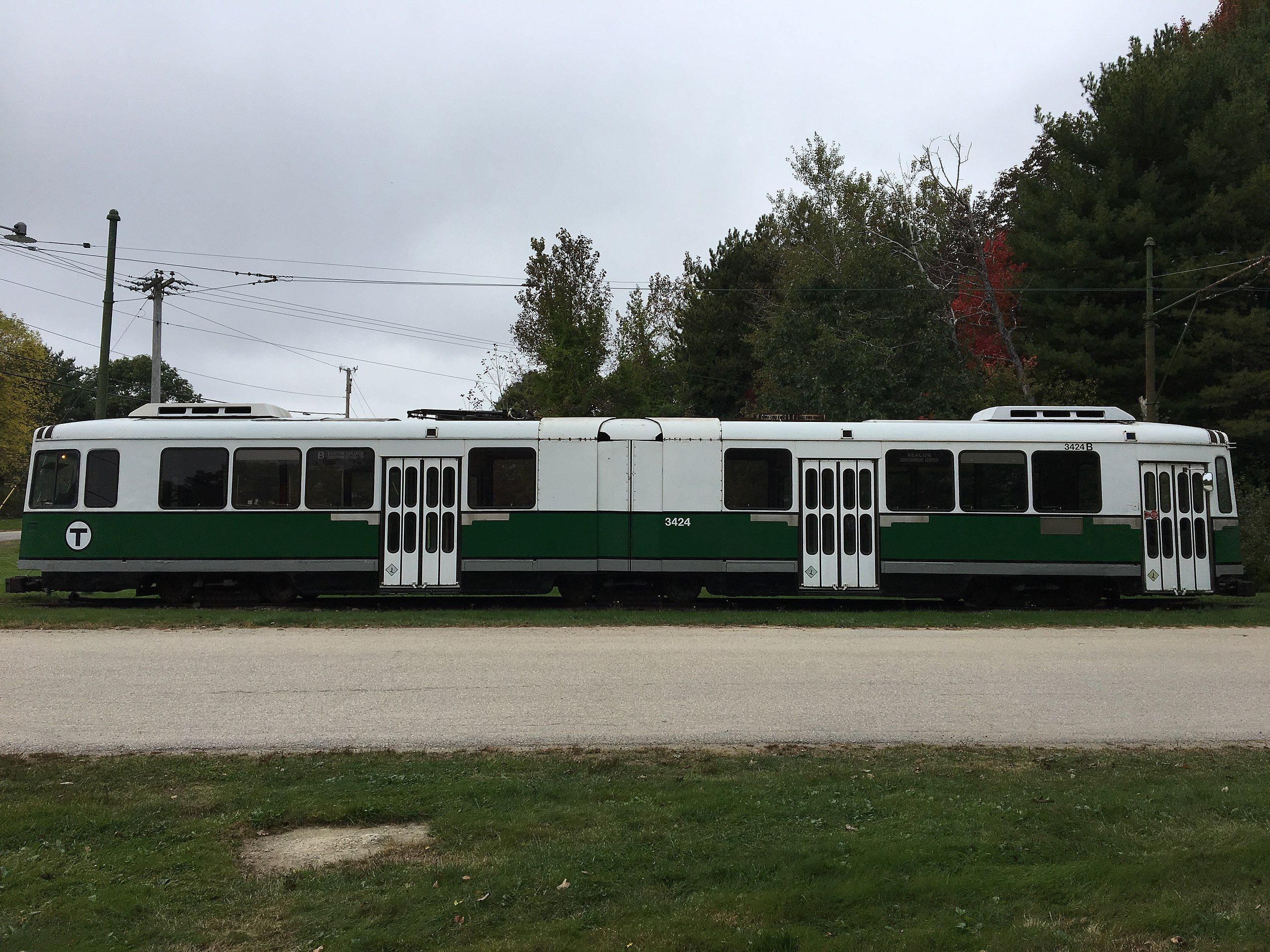When we talk about Boeing, we mostly think of the many famous aircraft flying across the globe daily. Some will list the dozens of military bombers, fighters, and transporters. But one division of the company, Boeing Rotorcraft Systems, designs helicopters. And for a time, they had projects designed never to lift off the ground.
How was an air defense company contracted to build trains?
In 1960, Boeing acquired the Vertol Aircraft Corporation, where the name was short for “Vertical Take Off and Landing,” and created Boeing Vertol. At the time of purchase, Vertol was working on designs for a couple of new twin-turbine helicopters that would eventually become the Boeing CH-46 Sea Knight and CH-47 Chinook. The inception of Boeing Vertol took place during the middle of the Vietnam War.
Love aviation history? Discover more of our stories here.
After the war, however, the US government sought opportunities to keep its defense contractors working, and for Boeing, this meant something new. While the US is infamous when it comes to public transit systems, there are notable examples in cities like Boston, Chicago, and San Francisco, all of which Boeing played a role in. In June 1971, the Urban Mass Transportation Administration chose Boeing Vertol to manage its urban rapid rail vehicle and systems program.
A brief history of Boeing’s rolling stock
Work began just a couple of years later when the company received the green light to begin production of 230 light rail vehicles. In this first order, the Massachusetts Bay Transportation Authority (MBTA, or “The T”) requested 150 railcars, and the San Francisco Municipal Railway (Muni) wanted 80. These orders increased to 175 and 100 vehicles in a contract worth $72 million.
Boeing’s Light Rail Vehicle, or as they say, “LRV” (not the Lunar Roving Vehicle), had promised to become the standard public vehicle for large US cities. The final version entered service at the end of 1976 on December 30, on Boston’s Green Line “D” Branch, which travels from Cambridge through downtown and west through Newton. Three years later, San Francisco began implementing their trains.
While the LRV rolled out on opposite ends of the US, Boeing Vertol was also working on the Model 2400 Rapid Transit Car (RTC). These vehicles were primarily stainless steel, with curved exteriors and fiberglass front ends. Padded seats, walnut grain panels, and brown floors decorated the interiors. And the city of Chicago was interested.
One of Chicago’s hallmark features is the “L,” the city’s “elevated” transit system. Chicago built its first rails above the streets, and today features over 200 miles of tracks above ground. And to run on it, the Chicago Transit Authority (CTA) needed 200 new rolling stock. On January 11, 1978, Boeing delivered the 100th RTC to the city and finished the rest of the order by the end of the year.
By 1983 Boeing delivered the last LRV to the city of Boston, but just a few years later, a long process of retirement began. One by one, over 20 years, the T replaced each Boeing LRV, and the last revenue service ran on March 16, 2007. One of these LRVs is displayed at the Seashore Trolley Museum in Kennebunkport, Maine.
Over in San Francisco, the retirement of Boeing’s LRVs only took six years, with the last revenue service running in late 2001. Two of their Muni cars sit at the Oregon Electric Railway Historical Museum in Salem, Oregon, and the Western Railway Museum in Suisun City, California.
What do you think of Boeing’s time as a rolling stock manufacturer? Did you ride any of these vehicles before? Let us know in the comments below.
Sources: Boeing





